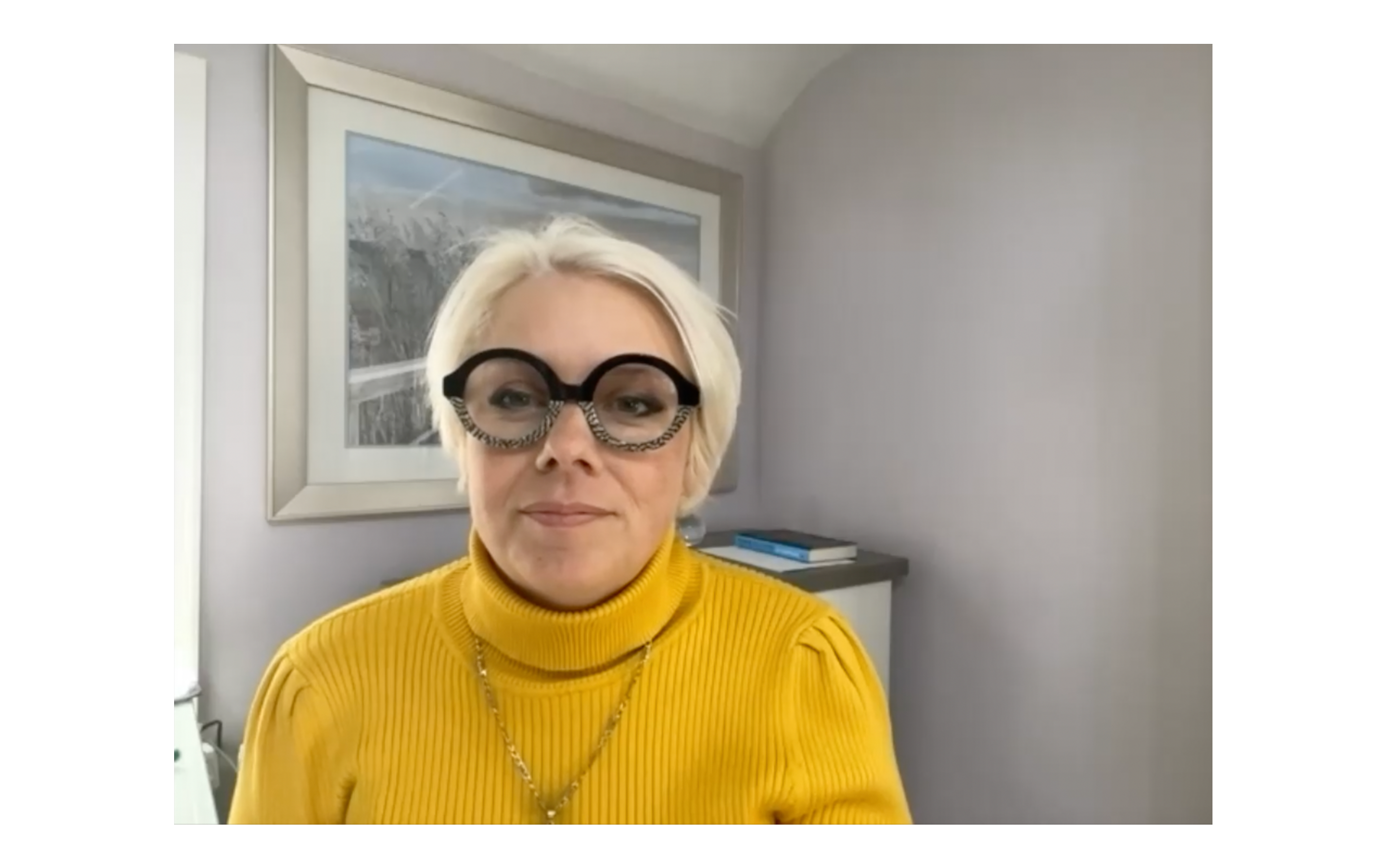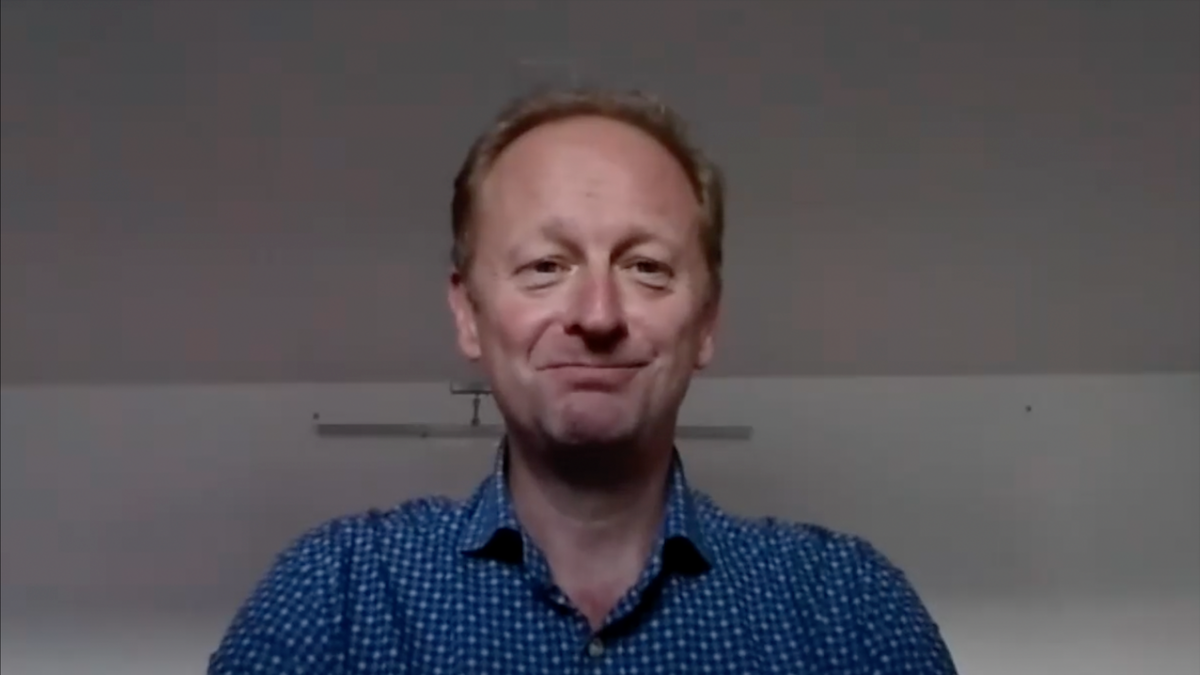- Bone Health
- Immunology
- Hematology
- Respiratory
- Dermatology
- Diabetes
- Gastroenterology
- Neurology
- Oncology
- Ophthalmology
- Rare Disease
- Rheumatology
Could Biosimilars of Orphan Drugs Reduce Patients' Cost Burdens?
In recent years, spending on specialty drugs, including spending on a proliferation of orphan drugs that treat rare diseases, has raised concerns about sustainability of the healthcare system.
In recent years, spending on specialty drugs, including spending on a proliferation of orphan drugs that treat rare diseases, has raised concerns about sustainability of the healthcare system.
However, a recently released report from IQVIA, with funding from the National Organization for Rare Disorders, reported that only 9.6% of annual drug spending in the United States comprises spending on orphan indications.
The fact that these drugs account for a relatively small proportion of spending despite their high costs is due to the fact that there is typically an inverse relationship between the cost of these drugs and the number of patients who use them, according to the report. The 10 orphan drugs used by the greatest number of patients cost, on average, $9676 per year, with a median cost of $1216. By contrast, the median annual cost of all orphan drugs in 2017 was more than $46,800, with a mean average of $87,319. In total, 1.8% of spending on orphan drugs is on therapies that cost in excess of $500,000 per patient per year, including drugs like the biologic eculizumab (Soliris), which are taken by relatively few patients.
Despite the fact that these drugs account for a comparatively small proportion of overall spending, out-of-pocket costs can be substantial for individual patients. Factors associated with increased patient cost burdens include coinsurance (paid as a percentage of a drug’s pharmacy cost), greater use of pharmacy deductibles that require patients to pay the full price of their initial prescription costs until they reach a deductible threshold, and the use of accumulator insurance plans (which block patients from using manufacturer’s coupons to reduce their out-of-pocket costs).
Despite these high costs, patients with rare diseases are taking even the highest-priced drugs at increasing volumes; Alexion, which makes eculizumab, recently revealed that its sales volume for the ultra-high-cost drug had increased by 24% in 2018 versus 2017, driven in part by its recently granted indication for the treatment of the rare disease myasthenia gravis. The drug maker is also seeking another new indication for another rare disease, anti-aquaporin-4 auto antibody-positive neuromyelitis optica spectrum disorder.
However, even as Alexion works toward more indications—and potentially more patents—for its innovator product, some biosimilar developers are working on challengers for this orphan drug. Biosimilar developer Samsung Bioepis has recently revealed that it is in phase 1 clinical trials of its biosimilar eculizumab candidate, SB12, and Amgen is currently conducting a phase 3 study of its ABP 959. Another potential biosimilar is BOW080, divested by Epirus Biopharmaceuticals to an undisclosed buyer, though the status of this molecule’s development is not known.
Given that biosimilars have typically launched in the United States at discounts of 30% or less, it is unclear how much relief patients taking such high-cost drugs could gain. A biosimilar eculizumab offered at a 30% discount to the innovator could still have list price of $350,000, which would still result in high coinsurance payments for patients.
Furthermore, given the costly nature of biosimilar development (including obtaining samples of the originator product for testing), and the challenges inherent to orphan drugs (such as small patient populations that limit the potential for phase 3 clinical trials to support a demonstration of biosimilarity), it remains to be seen whether other high-cost orphan biologics will become frequent or fruitful targets for biosimilar development.
Latest Biosimilar Deals Signal Growth Across Immunology, Oncology Markets
April 14th 2025During Q1 2025, pharmaceutical companies accelerated biosimilar expansion through strategic acquisitions and partnerships in hopes of boosting patient access to lower-cost treatments in immunology and oncology.
How AI Can Help Address Cost-Related Nonadherence to Biologic, Biosimilar Treatment
March 9th 2025Despite saving billions, biosimilars still account for only a small share of the biologics market—what's standing in the way of broader adoption and how can artificial intelligence (AI) help change that?
Will the FTC Be More PBM-Friendly Under a Second Trump Administration?
February 23rd 2025On this episode of Not So Different, we explore the Federal Trade Commission’s (FTC) second interim report on pharmacy benefit managers (PBMs) with Joe Wisniewski from Turquoise Health, discussing key issues like preferential reimbursement, drug pricing transparency, biosimilars, shifting regulations, and how a second Trump administration could reshape PBM practices.
Risk-Adjusted NPV Framework for Biosimilars Shows Key Investment Drivers
April 7th 2025Early market entry, manufacturing efficiency, and market share are critical to biosimilar development success, while technical complexity and competition heavily impact returns, according to a study presenting a risk-adjusted net present value (NPV) analysis framework.










